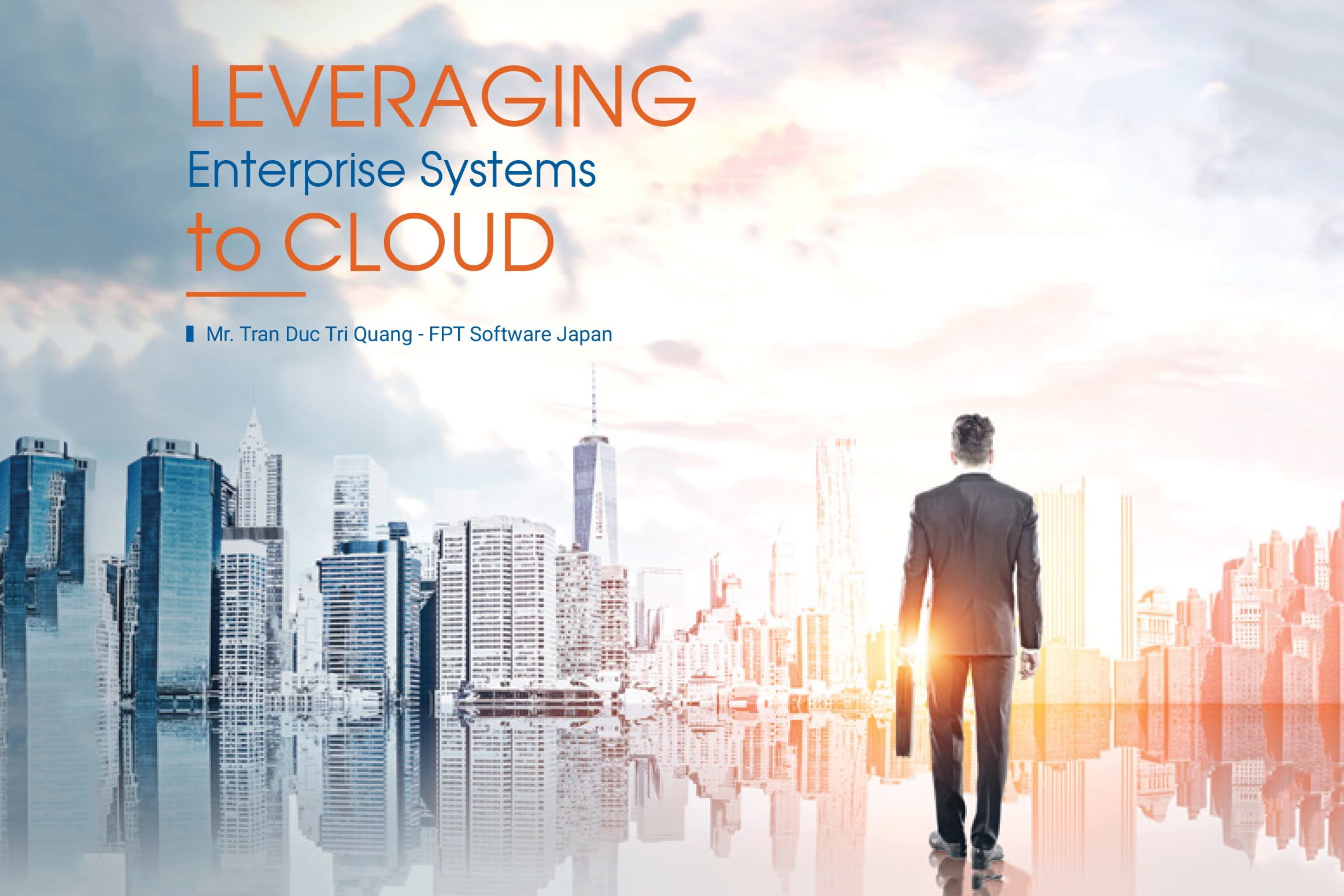
A picture of the cloud transformation practice based on real-world experiences: shifting old, obsolete systems including collaboration and communication platforms like IBM Lotus Notes, to the cloud (AWS or others).
Six years ago a Project Manager asked me “What is cloud computing?”. My answer was “It is a computer running somewhere else which you can access using the Internet.”, to which he replied “This is full of potential.”
According to a report by IDG in 2014, 70% of CIOs will embrace a cloudfirst strategy by 20161 . Enterprises are moving their systems to the cloud or transforming them.
This article aims to provide a picture of the cloud transformation practice based on real-world experiences. We’ve supported our customers by shifting old, obsolete systems including collaboration and communication platforms like IBM Lotus Notes, to the cloud (AWS or others). This process includes 4 phases: Identification, Assessment, Transformation, and Evaluation.
1. Identification
- Focusing on the Transformation
Transforming legacy systems often starts with the essential goals to improve operation efficiency, shorten development time, and enable IT innovation within the organization. In most cases, these goals are simplified with two E words – Economic and Efficiency.
- Economic
The best comparison is to give customers a clear image of how cloud computing can shift a company investment model from CAPEX (Capital Expenditure) to OPEX (Operating Expense). In other words, moving to pay-as-you-go pricing model. This means zero investment in expensive data centre, electricity, cooling systems, 24x7 staff, storage, security gate, backup headache, and so on. This can amount to a total of 80% reduction in total cost of ownership.
- Efficiency
In a traditional IT house, it usually takes weeks, even months for a resource request to be handled. Low efficiency is one of the main obstacles that slow down enterprise innovation. With cloud on demand resources, this problem can be eliminated. IT department can now shift the workload from maintenance to innovation and utilize cloud resources to make things move faster, enabling new capabilities.
- Dev/Test Capabilities
Quick provision and retiring new environment on templates or a few clicks though management portal; Leveraging preconfigured templates and paying on an on-demand basis.
- Hybrid and Global Reach
Master/slave or CDN deployment models are strongly supported; Expanding existing resources to the cloud through direct connection.
- Deployment and Management Ease
Utilizing modern management tool sets; Eliminating low productivity and time spent waiting for building source code and deployment by applying CI/CD platform without worrying about new infra procurement; Flexible Licensing/Payment Options; Supporting a wide range of licensing models.
Read more: Tools and Technologies Are Key Differentiators for FPT in AWS Managed Service Marketplace
2. Quick take
Utilizing cloud computing power in system development.
Here is an example of how cloud transformation brings new customer experience to a second hand car dealer. Imagine a customer arrive at a sales office, the camera at the parking slot quickly scan the number plate, matching with customer database. Once the customer information is returned, the system automatically checks history database, including information about customer behaviors, requests and other SNS posts, then automatically assign a suitable salesperson to interact with the customer.
3. Assessment
Choosing the right destination
An essential part of any migration project is to have a good grip on where you are moving to. With cloud computing, there are multiple destinations: Infra-as-a-Service, Platform-as-a-Service and Software-as-a-Service. You can also choose a mixed design for your system.
In reality, most of the time a system transformation involves a combination of services. For instance, using SharePoint 2013 with SharePoint Online enables better accessibility while keeping sensitive data close to you. This is an example of hybrid cloud, having half of the thing here and the rest somewhere else. In fact, hybrid approach is well-known for keeping old, legacy systems while waiting for new IT budget to move them to the cloud.
Available options are public cloud, hybrid cloud, and private cloud, where cost saving is not as important as data privacy and security, and daily inefficiencies are resolved in other ways. After putting everything together in one place, we have the below chart.
4. Transformation and Evaluation
“Of the user, for the user, by the user”
After all, the systems are created to serve users, both internal and external ones. This makes change management the most important success factor in all projects we have done, whether it is delivered in the form of closed workshop or though updated notification. With more than 10 years of experience, we have seen that our most successful projects share the same characteristic: all steps are accomplished due to close communication between the project teams and the users. Different users require different content and communication tools. In our projects, we often divide users into groups with similar interests.
The cloud migration project does not end when the system is delivered. It is crucial to keep the momentum of transformation, push innovation further, and focus on feedbacks from the users through different channels. One way to enable this proactive feedback model is to adopt the build measure learn principle of Agile development methodology.
This approach ensures that all feedbacks from the users are processed carefully and would be applied to future releases. As a result, enterprises can develop their competitive advantages, as well as identify necessary skills and capabilities while keeping the system renovation going.
Looking forward
“It is not the strongest of the species that survives, nor the most intelligent that survives. It is the one that is most adaptable to change”. In an ever-changing world where everything is connected and every piece of data is analyzed, the old way of doing business is no longer an option. By leveraging cloud computing and increasing flexibility in the system development process, enterprises can not only reduce the operation costs, but also create rooms for further innovation and generating new revenue streams. Therefore, it’s vital to recognize and optimize business opportunities such as cloud computing to ensure you are always ahead of the competition.
Interested in our cloud professional services? Click here to learn more.






























